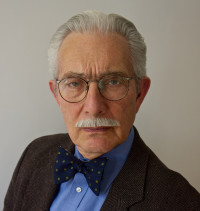
String Quartet Fever
December 4, 2015
Here’s a riddle that made the rounds a few years ago:
What is one Russian?
An anarchist.
What are two Russians?
A chess game.
What are three Russians?
A revolution.What are four Russians?
The Budapest String Quartet.
If the first three parts of this playful riddle attributed to the violinist Jascha Heifetz are open to question, the last has at least more than a kernel of truth to it. The Budapest String Quartet, one of the reigning quartets of the twentieth century, was formed by three Hungarians and a Dutchman, but it finished its career a half a century later composed of four Russians. How this happened is the story of many quartets: Somebody leaves. Another takes his or her place. Repeat.
I once ran into Robert Koff, the original second violinist of the Juilliard String Quartet, several years after he had left the group. “Well,” he asked cheerfully, “how is the Juilliard Nonette these days?” At that point, the Juilliard had had five personnel changes and a total of nine different members. In the Budapest String Quartet’s case, ten men would call themselves members of the group over time.
The Budapest String Quartet was formed in 1917 by four friends whose jobs in various opera orchestras slacked off when World War One broke out. All had been pupils of two renowned Hungarian musicians, violinist Jenö Hubay and cellist David Popper. Hubay and Popper had been part of an earlier Budapest String Quartet, and the four young musicians, Emil Hauser and Alfred Indig, violins, Istvan Ipolyi, viola, and Harry Son, cello, (the lone Dutchman), decided to call themselves the Budapest Quartet in honor of the original one. They also decided, bravely, to live entirely from concert proceeds, something no previous quartet had ever attempted.
I must have initially heard the Budapest’s name mentioned in reverentially lowered voices at the same time I received my very first string quartet lessons in 1955 as a student at the Curtis Institute of Music. Jascha Brodsky, first violinist of the Curtis String Quartet, was coaching four of us on Mozart’s G Major String Quartet, K387. The work was new to me, and for all intents and purposes, so was the string quartet medium. I was amazed at how compellingly a mere four voices were able to convey Mozart’s musical ideas. This was worth further exploring. I went out and bought the Budapest’s recordings of Beethoven’s late string quartets.
The quartet members’ names listed on the recordings, Josef Roisman and Jac Gorodetzky, violins, Boris Kroyt, viola, and Mischa Schneider, cello, were unknown to me. This was troubling. How could players of such impressive technique and musicality have escaped my attention? We young musicians loved nothing better than to talk shop late into the night over beer and pretzels, but truthfully, the talk was mostly about the renowned soloists of the day, not about individual members of a chamber music group. The Budapest String Quartet was simply the Budapest String Quartet, its individual members encased hermetically within and relatively unknown until discovered mainly by those who had come down with a case of string quartet fever – that is to say, those who had been introduced to and intoxicated by the enormously rich and varied quartet repertoire.
As I listened for the first, the second, and then the third time to the Budapest’s recordings of the late Beethoven quartets, their playing struck me as brilliant but never forced; nuanced but never affected; elegant, even suave, but with the gravity Beethoven’s groundbreaking masterpieces demanded. It was also democratic playing. Gone was the centuries-old tradition of the first violinist as so-called leader who often supplied everything from bowings, fingerings, and phrasing to an overarching musical vision. Each player’s voice rose to prominence when necessary, and each voice seemed to manage the impossible: to blend with the others while retaining its distinct personality.
While I was at music school, the Budapest Quartet began a series of yearly concerts in the 1950s at the Metropolitan Museum of Art’s newly created Grace Rainey Rogers Auditorium. At some point, I was able to purchase a single ticket for one of those sold-out concerts. Sitting in the balcony, I looked down at four figures slowly emerging from the wings –each more or less the same height and build and each equally spaced from one another as they approached their seats. Was this visual conformity a prerequisite for fine quartet playing, I wondered?
There was one change of personnel from my Beethoven recordings. Alexander Schneider, the brother of Mischa, was now second violinist. What I came to know later, when I myself began to catch quartet fever, was that this string quartet’s membership was not set in stone and that Roisman was the second first violinist, Schneider the fourth second violinist (depending on how you count), Kroyt the second violist, and Schneider the second cellist in the group’s long career. I also learned that with each replacement had come new ideas, new problems, and inevitable disagreements.
For example, when Roisman entered the group, he found that two of the members were unable to play spiccato, the springing motion in the middle of the bow that is an indispensible part of string technique. Roisman had to spend tedious hours practicing the scherzo of Beethoven’s Quartet in F major, Opus 59, No.1 at the point of the bow, or Spitzen in German, to accommodate the others. For years the Budapest played this way, so the Germans snidely called them Das Spitzenquartett, the Point Quartet.
I do not remember what the Budapest Quartet played that night, only that their music making combined intelligence and precision ensemble with an irresistible suppleness and warmth. There was never anything forced or artificial in their performance, only a kind of rightness to every phrase. The four men moved little in their seats and seemed not to even cue one another, yet the music seemed to lift out of their instruments with a sense of inevitability.
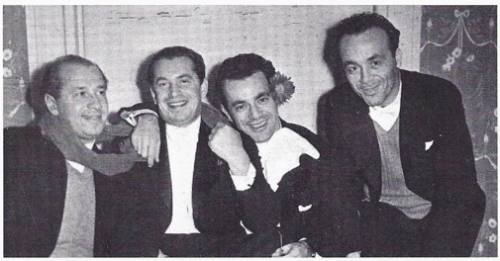
The Budapest Quartet’s Four Russians (left to right): Josef Roisman, Boris Kroyt, Alexander Schneider, and Mischa Schneider
It never occurred to me to go backstage and congratulate the men at concert’s end. After all, I did not know them and I felt much too awkward as an insignificant student to introduce myself to these great artists. Besides, their string quartet world, however alluring, was still a distant one in my eyes. Like so many others of my generation, I dreamed of being the next great soloist. String quartets? That was for pleasure, not a profession. I left the concert without the slightest inkling that the Budapest Quartet and its four members individually were about to play a significant role in my life.
In the spring of 1958, an announcement appeared on the Curtis bulletin board:
“Viola auditions now being held for the Casals Festival Orchestra. Contact Alexander Schneider.”
Not long after, two of us from the school climbed four flights of stairs to Schneider’s Lower Manhattan apartment. A man of modest height and compact build opened the door. “Hallo. Vell, come in,” he said with a thick Russian accent. Sasha, as Schneider was called, became the first of the four Russians in the Budapest Quartet, all with thick Russian accents, whom I would come to know one by one over the next fourteen years. The audition did not go well for the two of us, then it did, then it didn’t. Sasha had no trouble speaking, sometimes shouting his mind as criticism but also compliments flew at us. Fortunately, Sasha liked my playing and I was accepted as last chair violist in the orchestra, but the two of us left his apartment in a daze, having just been accosted by an irrepressible and unpredictable force of nature.
I first met Mischa, Sasha’s older brother, later that year at the Leventritt International Violin Competition, I a contestant, he and Sasha both judges. Mischa and Sasha unquestionably looked like brothers, but from there on the resemblance was only occasionally evident. Where Sasha was boisterous, theatrical, and often outrageous, Mischa was soft-spoken, endearing, and thoughtful. When I walked out on stage to play, I could hear Sasha say to Mischa in a stage whisper, “Vait a minute. Isn’t dat the last chair violist in the Casals Festival Orchestra?”
The summer of 1959 was my first as participant at the Marlboro Music Festival. During those seven weeks, I was immersed in nothing but chamber music for the first time in my life. Over the years, Sasha, then Mischa, and finally Boris Kroyt would come to the festival as invaluable mentors. What luck to have three-quarters of the Budapest String Quartet at Marlboro!
At the end of the summer, I headed west for my first job out of music school as assistant concertmaster of the Cleveland Orchestra. Several hours into the trip, an exit sign for Buffalo, New York, appeared. This was Mischa Schneider’s hometown. On a whim, I pulled off the highway and called him. “I vill make offer eempossible to refuse,” he said on the phone. Mischa proposed dinner at his home and a ticket to the Budapest’s first all-Beethoven concert of the season that very night.
At 8 p.m., the Budapest String Quartet, Roisman, Schneider, Kroyt, and Schneider, made their way on stage in measured steps, exactly equidistant from one another as I had remembered from earlier, and sat down. I was nervous for them. Over dinner, Mischa had confessed that the quartet had not been together all summer and that this first concert of the season would take place without a single rehearsal. The late Beethoven Quartet in E Flat, Opus 127, opened the program, a large-scale masterwork with an obstacle course of difficulties. What kind of madness was an unrehearsed performance? It was the sort of thing we would do in music school on a dare. But the Budapest was playing for an audience of chamber-music aficionados who were reverently attending a Beethoven cycle – all sixteen concerts in six concerts. These people were going to church.
The first violinist usually leads the opening chords with a visual sign, but Roisman, a study in suavity, merely put his bow on the string and began to play. By some act of telepathy, the others knew exactly how to join him in perfectly interlocking harmony. Beethoven’s stentorian chords rang out grandly, as if an announcement of the memorable cycle to follow. There were a few lapses in a performance that drew only on their extensive experience, but I will remember forever the sweep and stylishness of their playing.
Something else struck me forcibly, as it had earlier. All the quartet’s voices seemed equal, each one shining forth when necessary and then receding into the texture. I asked Mischa about this over tea and cookies when we returned to his home later that night. “The Budapest is the first democratic quartet. Our style of working is very Jewish. Everyone talks at once,” Mischa laughed, still tickled by the quartet’s modus operandi. A quartet without leaders or followers, I mused. Was this democracy, Communism, or utopia?
Democracy, perhaps a bit of utopia, and certainly the remarkable and extensive quartet repertoire itself were in my thoughts as I spent summer after summer at the Marlboro Music Festival. John Dalley, violin, Michael Tree, viola, and David Soyer, cello, fellow participants, must have felt similarly. We had already played together in various combinations for several years at the festival. Like planets caught in a gravitational field, the four of us slowly came together out of mutual respect and love for the string quartet repertoire. In 1964 we formed the Guarneri String Quartet at Marlboro. Unquestionably, the Budapest Quartet hovered over each of us as inspiration and role model.
Sasha celebrated with a bottle of champagne and advice – some of which the Budapest Quartet had adopted:
Accept no outside engagements that interfere with quartet rehearsals or concerts.
No wives or girl friends allowed at rehearsals or discussions.
Discussion or criticism of concert performances directly afterwards is forbidden. Save for the next rehearsal.
Mischa also had something to say:
Everybody talks about how wonderful you’ll be as a quartet. Take my advice. Retire before you play a note so you won’t disappoint anyone.
And finally, Boris, who had been violist of an earlier Guarneri String Quartet that had toured Europe between the two World Wars contributed something special:
Every quartet needs a name. I give you the Guarneri name as a present.
The Guarneri String Quartet’s first concert, one of several thousand over the next forty-five years, took place at the end of that summer on Nantucket Island. The Budapest, however, remained very much a part of our lives. In 1966, our quartet recorded Tchaikovsky’s sextet, “Souvenir of Florence,” with Boris Kroyt and Mischa Schneider, both already in their late sixties. As it turned out, the Budapest disbanded soon after and the Tchaikovsky was one of the last professional recordings the two men made together.
What better musicians than Boris and Mischa, both born into the Russian language, culture, and music to guide us through this Russian landscape masquerading as Italian. “Ach, Boris. Leesten to this. Only Tchaikovsky could have written such a loffly melody,” Mischa exclaimed, looking upward as if for some higher confirmation. “Ya, vanderful,” Boris agreed. We all did. Slavic melodies roam through the “Souvenir” enticingly, lengthy sequences hypnotize, and alluring rhythms beg to be danced.
And that is exactly what happened. The six of us were huddled together in the sound booth listening to the melancholy and lilting opening of the third movement float out of the speakers. Abruptly, the mood is shed for a joyous dance that sparkles with deft scales and castanet-like rhythms. Boris, ordinarily a reasonable, measured kind of man, could not contain himself. He bolted out of the booth onto the adjacent dance floor and began to pirouette and leap around the room. His shock of grey hair bobbed up and down as if it were a dance partner. Around and around the ballroom floor he flew as the rest of us, jaws dropping, looked on amazed from our front-row seats. Boris danced as if his life depended on it. Only the reappearance of the movement’s opening Slavic melody doused his exuberance. He returned to the recording booth and resumed his accustomed manner as if nothing had happened.
The reserved and private Joseph Roisman was the only one who remained personally unknown to me as our quartet headed into the 1970s. After one of our Buffalo concerts, Mischa, who tended to mix up his v’s and w’s, came backstage looking thoughtful and spoke to me. “Your wiolin is veek”, he said. I had to admit that the violin I had been playing for years sounded “veek” to my ears as well. In short order, Mischa called Roisman, now retired, who expressed a willingness to sell his violin to me. “Steinhardt,” Roisman said on the phone (he always addressed me by my last name), “come to my apartment, try the violin, and then we’ll talk.”
A small, slender man with a domed forehead and thinning hair, Roisman greeted me with a pipe in his mouth. His wife, Pola, made tea for us, and then he handed me the violin. I gingerly took the instrument and played it for Roisman and his wife in their living room. That unmistakably rich and throaty sound I had heard in Roisman’s hands for so many years poured forth. I played on and on, bewitched.
“Steinhardt,” Roisman said, seeing how affected I was, “I will sell the violin to you someday, but not just yet. I still enjoy playing quartets for fun with my friends. Give me a little time.” I left Roisman’s apartment without the violin but beside myself with excitement. In the not too distant future, I would be playing a miraculous-sounding instrument.
Several months after my visit, Mischa called to tell me that Roisman had died suddenly, on October 10, 1974, and that Pola, following the wishes of her late husband, would sell me the violin. Not long after, Pola once again served tea to me in the Roisman’s apartment. Then, with tears in her eyes, she retrieved the violin in its case and handed it to me.
Roisman’s violin, the work of the Cremonese master Lorenzo Storioni, has been in the Budapest Quartet for its entire fifty-year career – first played by Emil Hauser, the original first violinist, and then by Roisman who replaced him. I have played the violin in the Guarneri Quartet from that poignant day when Pola Roisman handed it to me until our retirement as a quartet in 2009.
For almost one hundred years, the Storioni has passed from one string quartet player to another. If the violin happens to fall into the hands of yet another quartet player when it finally leaves mine, that violinist will have an easy time of it. After all, the violin already knows the repertoire.
Musicians hand down more than their instruments to the next generation. The members of the Budapest String Quartet are no longer with us, but their playing lives on in the hearts, minds, and memories of those who heard them. For each of us in the Guarneri Quartet, the Budapest Quartet was not only our inspiration. They were also our mentors who helped launch a career that lasted almost as long as the Budapest’s with only one change of personnel when our cellist David Soyer retired and Peter Wiley, his former student, took his place.
Here’s another riddle:
What are five Americans?
The Guarneri String Quartet.
Subscribe
Sign up to receive new stories straight to your inbox!


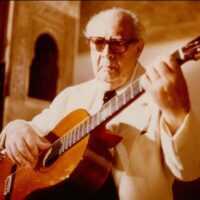

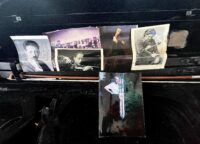

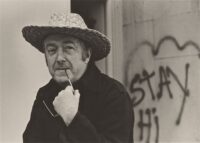
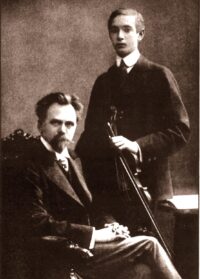
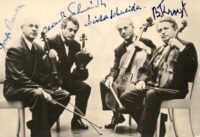

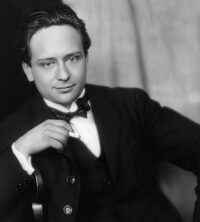

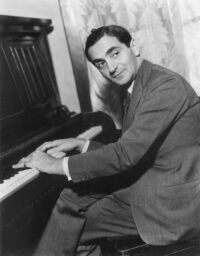

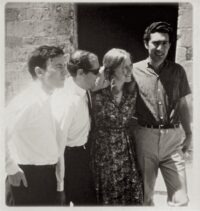
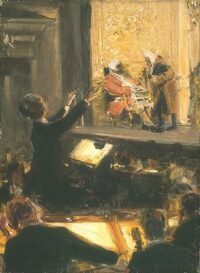

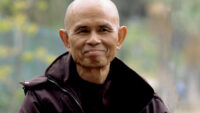
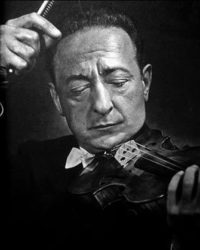
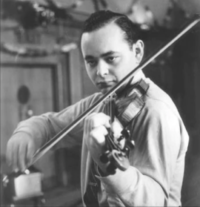
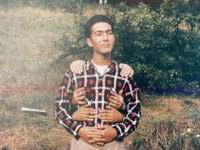
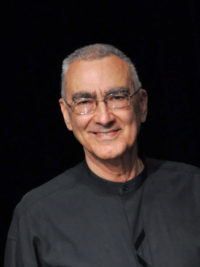


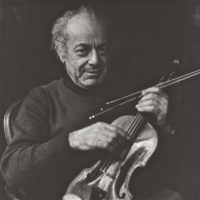

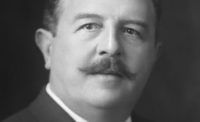
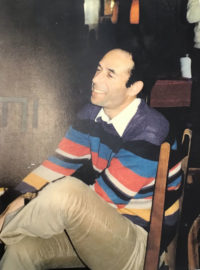

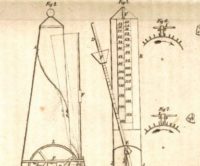
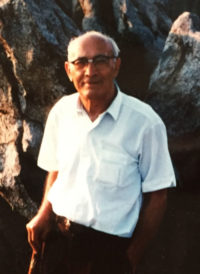

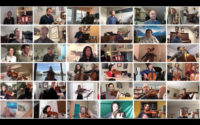
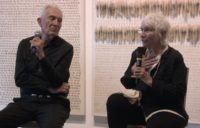


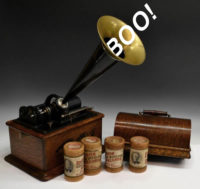

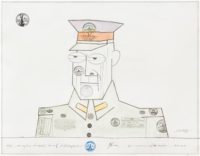
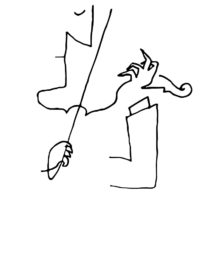
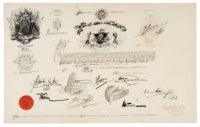
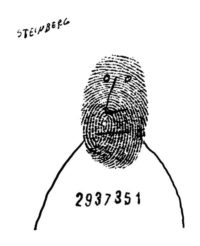
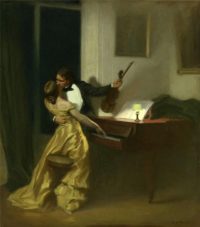
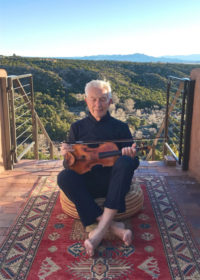
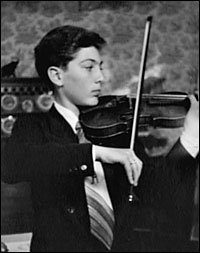
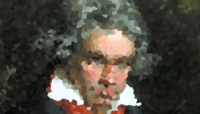
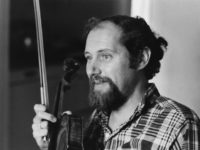
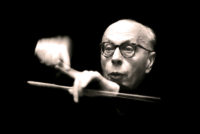
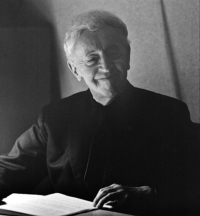
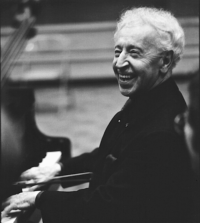
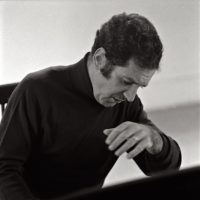
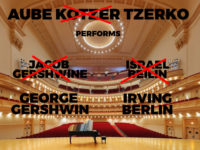
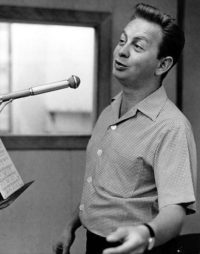
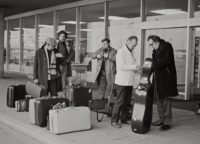
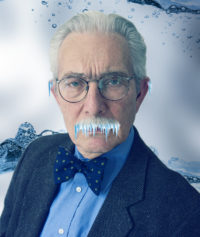
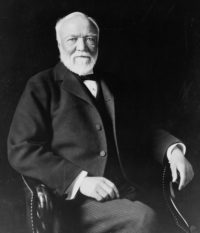
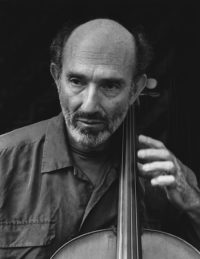
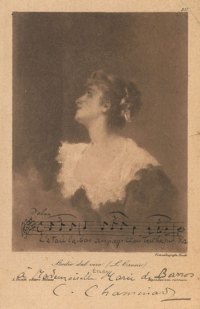
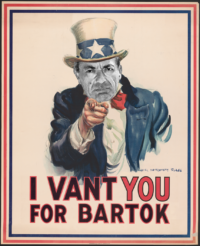
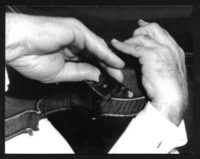

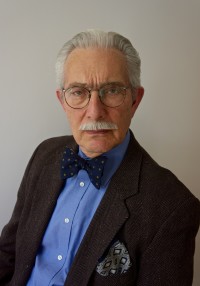
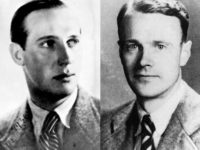
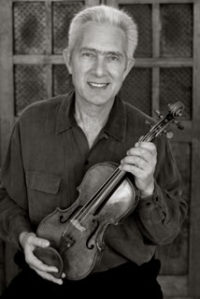
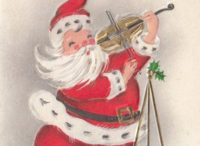
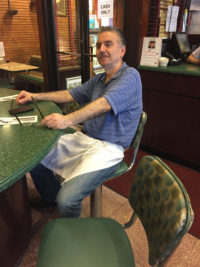
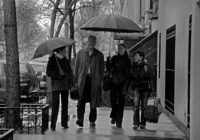
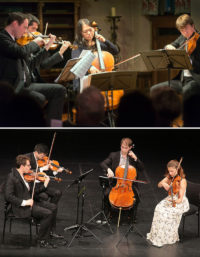
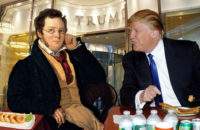
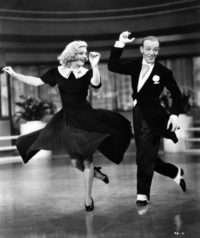
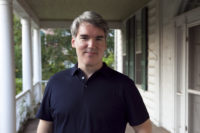
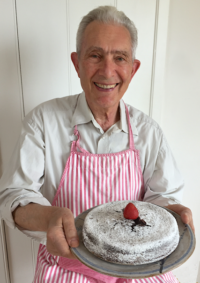
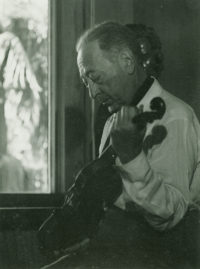


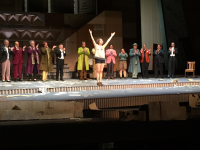
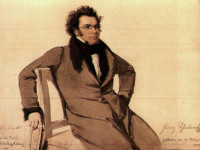
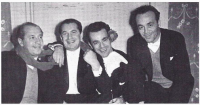
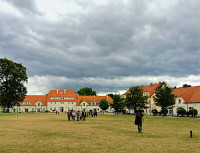

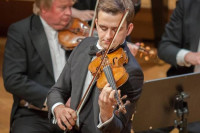
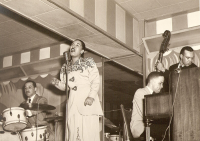
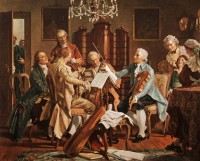
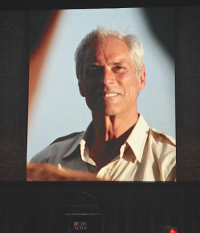
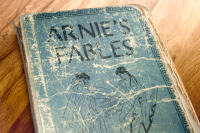
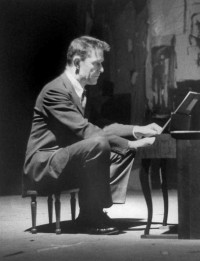
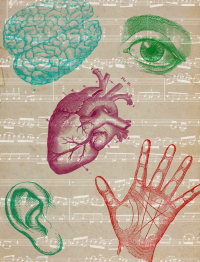
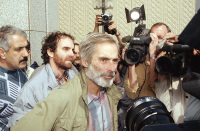
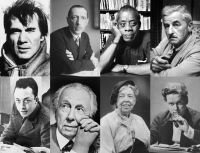

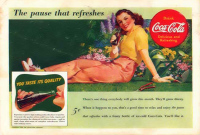
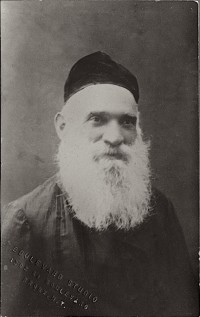
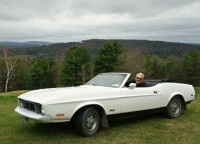
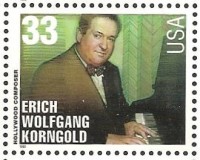
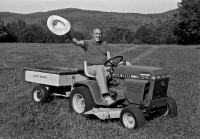

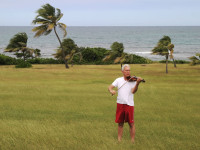
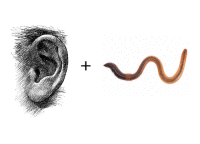
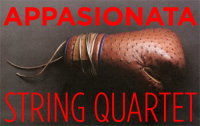
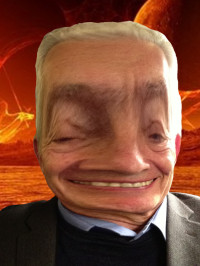

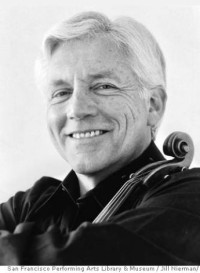
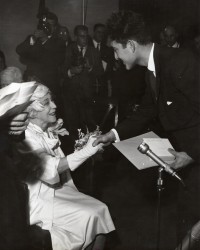

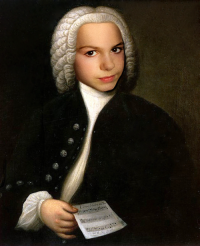
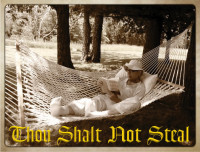

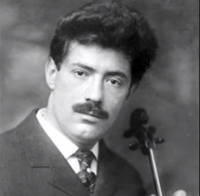
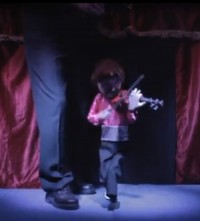

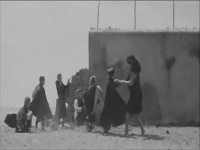
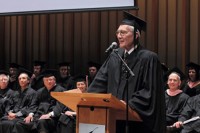

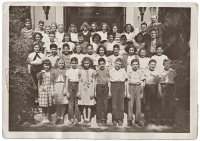
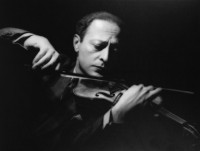

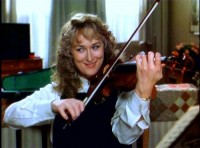


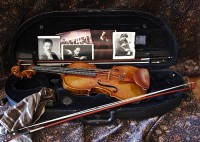

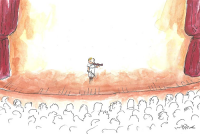
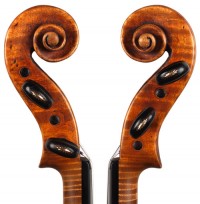
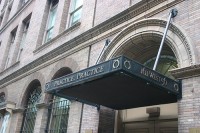
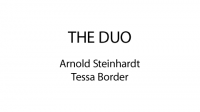



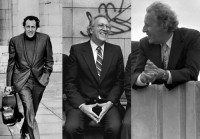

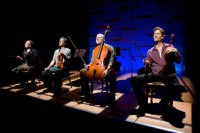
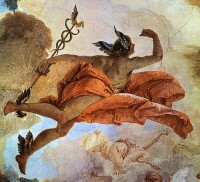

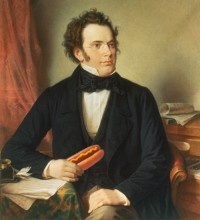
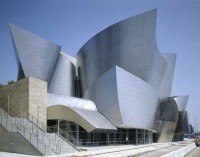
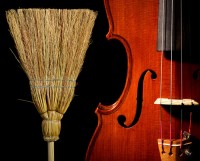
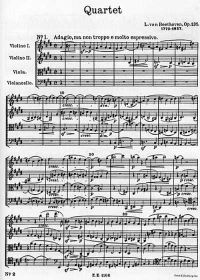
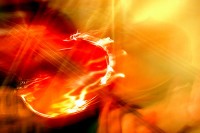

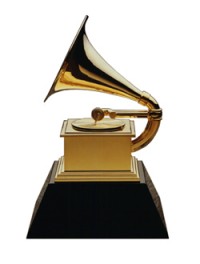

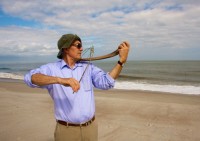
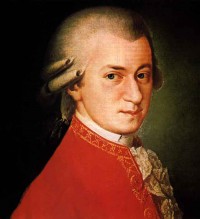
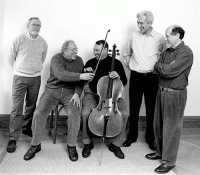
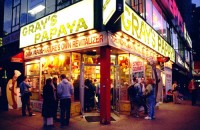
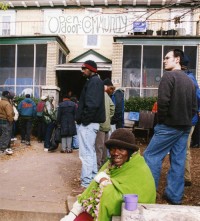
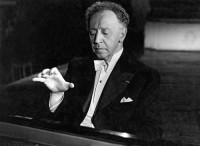
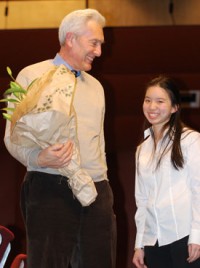

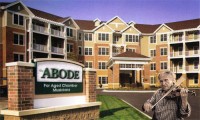
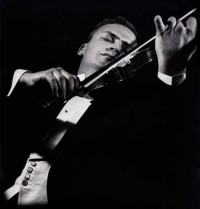

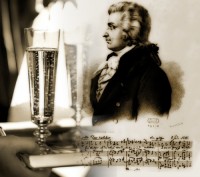

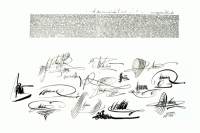
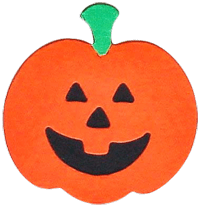
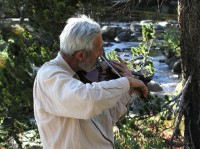
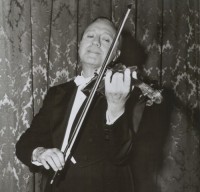
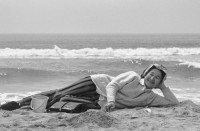

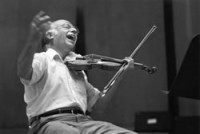



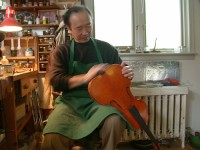
Comments
Lovely piece, thank you. I bought those same Budapest LPs of the late Beethoven when I was a grad student in Berkeley in the 1960s. I ruined them by playing them over and over on my cheap, portable hi-fi record player without changing the needle. The C-sharp minor got the most plays–what a revelation! But they changed my life.
Just for the sake of this wonderful article’s accuracy: though a citizen of the Austro-Hungarian Monarchy, David Popper was born in Prague, where he studied, and only much later settled in Budapest. So I guess he’s as Hungarian… as the Budapest Quartet.
Here’s a glorious version of his Spinning Song:
https://www.youtube.com/watch?v=0F9TDRKiixg
Always such a pleasure to read you!
Ah, Arnold! Your wonderful ability to let us into your soul is what flows through your musicianship but now also through your delicious stories. Thanks so much for letting us in…XXX Sonya
what a fabulous posting – great thanks for sharing this wondrous tale!!
cheers to you & Dodo
Ed
I have enjoyed all of your reminiscences here. This one stands out because it reminds me of the one time I heard the Budapest. It was at the 92nd Street Y probably in late 1956 or 57 and the program probably all Beethoven. I was ignorant of the music then but enjoyed it immensely. My remaining impession then and still to today was that the tone of the quartet in that hall was like velvet.
Heart-warming and beautiful prose as usual. When I see that a new installment of you “blog”-to use a barbaric word-comes up, my face and whole soul light up. Has a practicing musician-pun intended(!)- ever written so beautifully about his art? I am wondering whether you had any personal experience of the Hollywood String Quartet, as your are originally from Los Angeles. There is so little written about this wonderful ensemble. Thank you!
Amazing how you usher us – your listeners – into your world,
keeping us enthralled and on our toes, always wanting more.
Loved your description of the Budapest Quartet. I could almost feel the rich sound of Roisman’s violin in your hands.
Thanks for including us in your world.
Love, Hava
Thank you for your wonderful stories…
My first violin teacher played with the Budapest for a short time, too…
Edgar Ortenberg taught in Philadelphia at the Settlement Music School and Temple University.
It’s fascinating to see how other people respond to your writing. My first thought after reading this was that I can imagine you swirling around the ball room just as Boris did in the past. Maybe, you will dance for all of us in Florence.
Thank you for sharing this remarkable story with us. As always, very inspirational!
i cannot improve on what the two previous writer said. I adore your writing. It is s filled with ardor, passion and love for the music and the people who fill your pages. You are a maestro in ever sense of the world. FYI: I used to be a “duffer” violinist in my teens before stopping my lessons as I was disgusted by what I head. But one day, after school, as usual I sopped in my mother Beatrice Liebesman’s little antiques store — it was called the Bee Hive Antiques –near our home on Thwaites Place in the Bronx (somewhere around 1959). And then I heard something coming from the radio in my mother’s little area the back — Jascha Heifetz playing the Mendelssohn. To say I was transfixed, mesmerzed is to put it mildly. I had never even knew of him (my only previous recording was that of Ruggiero Ricci – not bad himself! But Heifetz showed me the difference between a pearl and a glittering diamond. I just stood there through the entire recording. That moment, in many small ways, changed my life. I had never, ever been excited over a piece of music before, and never suspected there were musicians with such technique and soul Thanks again for your most wonderful tales!
Thank you for sharing your experience with the Budapest Quartet of four Russians. The Takacs Quartet still has some Hungarians in it, but for how long?
Couldn’t describe the experience with Roisman, Schneider, Kroyt, and Schneider even better than you, Arnold. True, they will always be a space in our hearts. Their music was amazing.
Gracie of Instrumentees
http://instrumentees.com/
Leave a Comment
*/